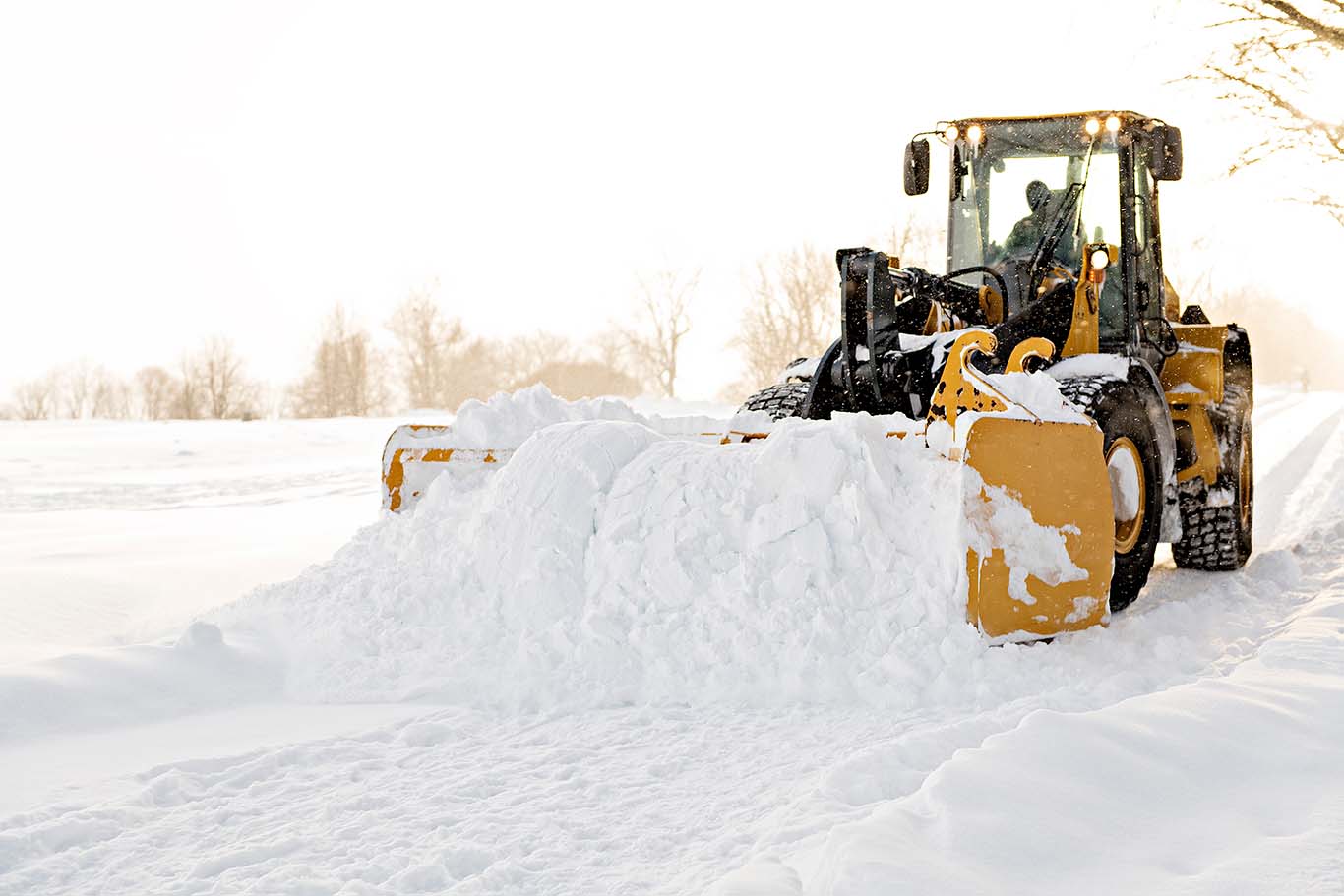8 Best Practices for Commercial Snow and Ice Removal RFPs

With the temperatures rising snow might be the last thing on your mind right now, but it shouldn’t be. Early summer is the best time to start thinking about selecting your snow and ice removal partner for the year. As you prepare your RFP, keep in mind these best practices to ensure a successful snow season.
Trust Chain Store Maintenance for
Reliable, Immediate Commercial Property Services

Get your snow and ice removal RFP out early
What does “early” mean when it comes to your RFP? Ideally, you should be making your final decision on a commercial snow and ice removal provider in July or August to ensure you get your top pick of providers as well as your preferred routing schedules. That’s why now is the time to be working on your RFP.
A later start doesn’t necessarily spell doom for your program, but it may mean you don’t end up with the most qualified local service vendors—and you could end up paying more for snow removal services. Getting your RFP out by early July gives providers 30 days to respond, and you’ll have August to make your final decision and secure contract approvals by early September, well before the first snowfall.
Related Article: Snow Removal Checklist: 7 Items To Ensure A Successful Snow Season
Make sure you have site maps and push maps
Including site maps in your RFP allows potential providers to more accurately estimate costs for their services (and ensures you get estimates that are all based on the same information from those providers). Site maps highlight the sidewalks and pathways your provider is responsible for clearing, and related push maps should be included to detail where the snow will be pushed to keep it from blocking traffic or pedestrian walkways. Not sure about the best push locations? An experienced provider can make recommendations that consider potential issues like runoff, drainage and safety.
Keep access considerations in mind
As you’re preparing your RFP, be sure to think through the different ways your business is accessed and how that could factor into your snow and ice removal needs. For example, does your drive-thru business also have walk-up windows, with adjacent paths and waiting areas that will need to be cleared? If your business offers curbside services, should those designated spaces (and the path employees take to reach them) be specially cleared? Ensuring accessibility will improve both safety and convenience for customers visiting your business.
Look for a partner who communicates effectively
Communication is an element that can make or break a snow and ice removal program. By outlining your expectations and preferences for consistent communication in advance, you’ll have greater peace of mind about the services being performed and be more likely to avoid serious communication blunders during the season.
This clarity becomes critical when storms are approaching. Having a provider who understands the importance of consistent and timely pre-storm communications that keep you up to date on the latest weather conditions and actions being taken is crucial. For example, MCS uses WeatherWorks, AccuWeather and other available meteorological data to help predict snow accumulation over 24-, 48- and 72-hour periods when a storm is approaching, sharing pertinent details and related potential impact with clients via ongoing updates. Your provider should also be able to provide snowfall accumulation levels as part of their post-storm communication activities.
Choose a partner with SIMA-certified snow and ice removal professionals
Having a partner with Certified Snow Professionals (CSP) from Snow & Ice Management Association (SIMA) reinforces your provider’s ability to safely and effectively deliver the snow and ice removal services you need. This credential demonstrates their commercial snow removal expertise in six key areas including the science of snow and ice operations, operations management, risk management, sales and estimating, business management and human resources. MCS has multiple CSPs on staff to lend their expertise to a successful program.
Confirm technology platforms/APIs are connected
Ensuring that your portal has the APIs necessary to enable snow communication and reporting (as well as a consistent work order platform) well before the season starts is essential to your success. MCS aims to be flexible and adaptable in working with our partners to meet their needs across disparate technologies and is proficient in platforms like ServiceChannel, ServiceNow, Fexa, EcoTrax, Officetrax, FacilitySource, Corrigo and more, or you can leverage MCS’s technology platform.
Conduct a preseason rollout
Often, your snow removal partner will visit your site for a preseason rollout inspection to review and confirm the areas that need to be maintained (from the site map you shared) and where the snow will be pushed. They’ll also check for existing damage as a baseline for comparison at the end of the season. This rollout can be particularly important for businesses where snow is heavy and consistent, as more damage will naturally occur throughout a snow season. It also helps map out any staking that may be needed as a guide for servicers, to prevent damage to turf, curbs or other obstacles they may encounter during snow removal.
Schedule a postseason wrap-up
When the season winds down, conducting a postseason inspection can be valuable to assess any potential damage and document any issues, as well as remove staking. Your provider may also conduct a separate post-season review to go over how your snow program went in general and discuss potential adjustments or improvements for next season.
Dig Deeper into Commercial Snow Removal
Want to learn more about best practices for a successful snow and ice removal season? Download MCS’s eBook: Snow Removal Best Practices for Before, During and After the Season.
Then, contact your Chain Store account representative or email CSMsales@ChainStore.com to learn how Chain Store Maintenance - an MCS Company, can work with you to meet your commercial snow removal needs.



